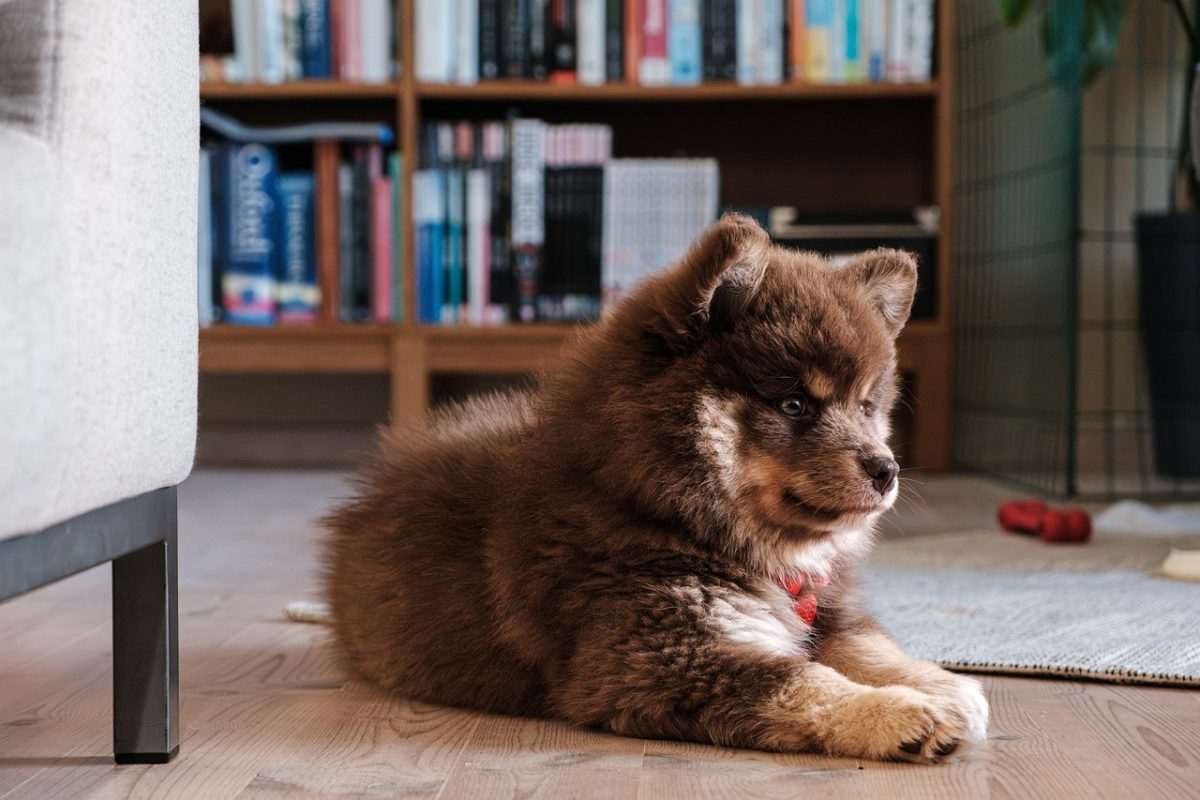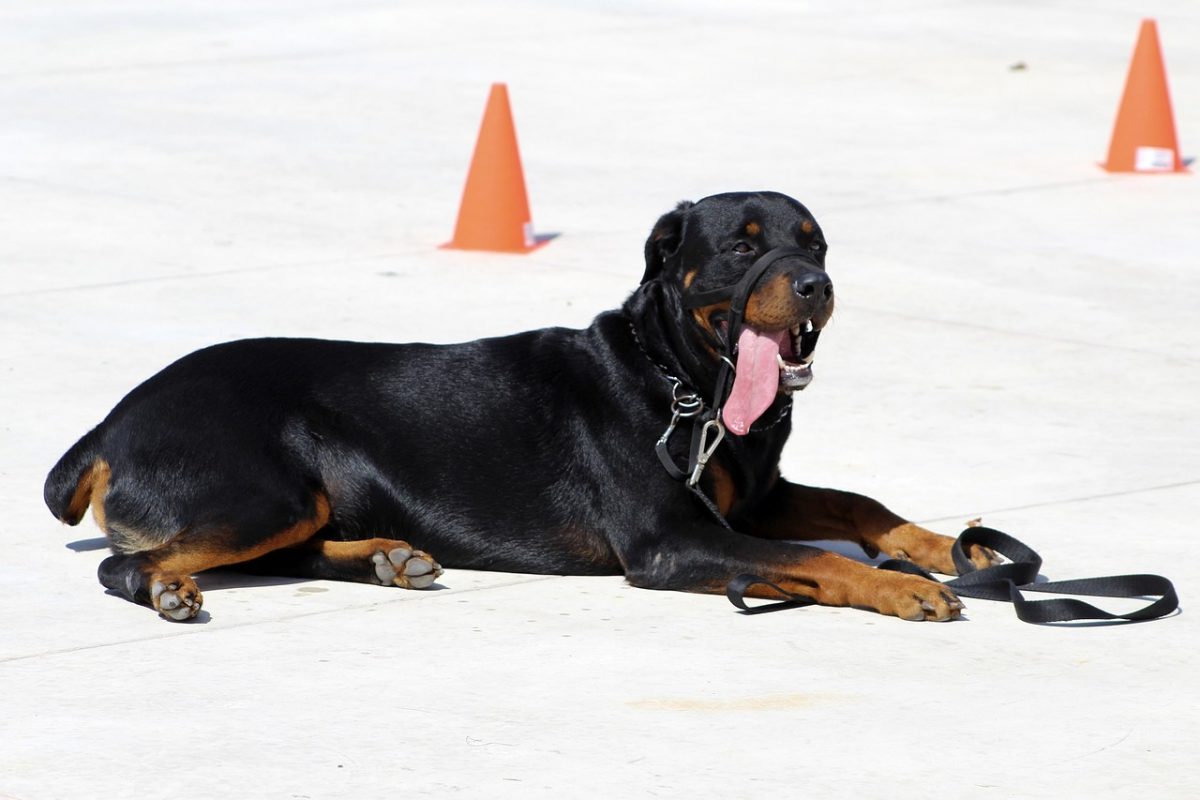Teaching your dog to shake hands is more than just a party trick; it’s a fundamental step in your pet’s obedience training that fosters mutual respect and communication. This trick not only impresses friends and family but also strengthens the bond between you and your furry companion. With patience, consistency, and positive reinforcement, any dog can learn to shake hands, regardless of age or breed. This article will guide you through a simple, step-by-step process to teach your dog this friendly gesture, ensuring a fun and rewarding experience for both of you.
Preparing for Success
Choose a Quiet Environment
Start in a distraction-free area where your dog can focus solely on you. A quiet room or a peaceful backyard works well.
Gather Treats and Toys
Have your dog’s favorite treats or toys on hand to use as rewards. High-value treats can motivate your dog and reinforce positive behavior.
Patience and Consistency
Approach training with a calm and patient demeanor. Consistency in commands and rewards is key to successful learning.
Training Steps
Step 1: Start with the Basics
Ensure your dog is comfortable and familiar with basic commands like “sit.” A sitting position is the starting point for learning to shake hands.
Step 2: Introduce the Handshake
Gently lift your dog’s paw with the command “shake” and give a treat. This action helps them associate the command with the movement.
Step 3: Reinforce with Rewards
Praise and reward your dog immediately after they lift their paw, even if you initiated it. Positive reinforcement encourages repetition of the desired behavior.
Step 4: Practice and Patience
Repeat the process several times in short, focused sessions. Practice regularly, but avoid lengthy sessions to prevent your dog from becoming bored or frustrated.
Step 5: Add a Verbal Cue
Once your dog is comfortable with the motion, incorporate a verbal cue like “shake” before you lift their paw. Reward them for successful execution.
Troubleshooting Tips
Dog Withdraws Paw
If your dog pulls their paw away, it’s a sign of discomfort or nervousness. Proceed slowly, offering gentle encouragement and rewards.
Lack of Interest
Switch up treats or toys if your dog seems disinterested. Find something that motivates them to engage in training.
Overexcitement
If your dog gets too excited, take a break and try again later. Keep training sessions short and sweet to maintain focus.
Enhancing the Trick
Advanced Handshaking
Teach your dog to shake with both paws by alternating which paw you ask for. Use different commands for each paw to avoid confusion.
Combine Tricks
Once mastered, combine “shake” with other tricks to create a routine. This not only impresses onlookers but also keeps your dog mentally stimulated.
Teaching your dog to shake hands is a simple yet effective way to improve their social skills and deepen your bond. With time, patience, and plenty of treats, your dog will be shaking hands like a diplomat. Remember, the goal is to have fun and strengthen your relationship with your pet through positive reinforcement and consistent practice.



